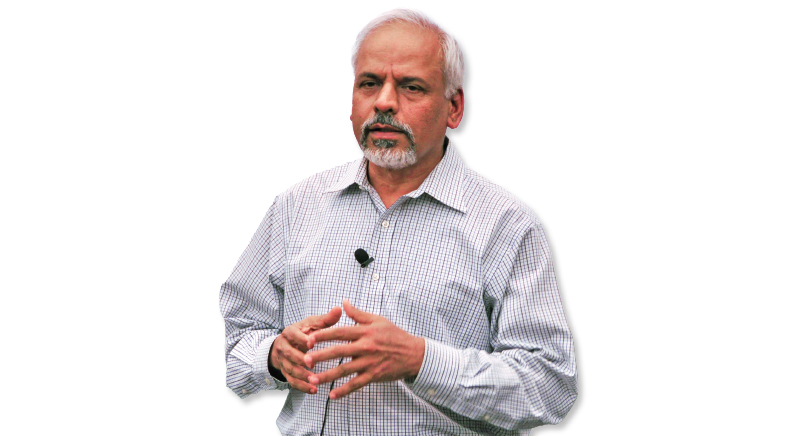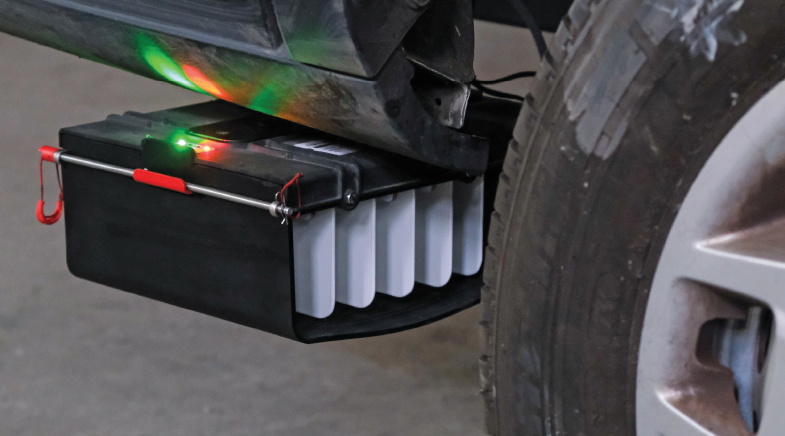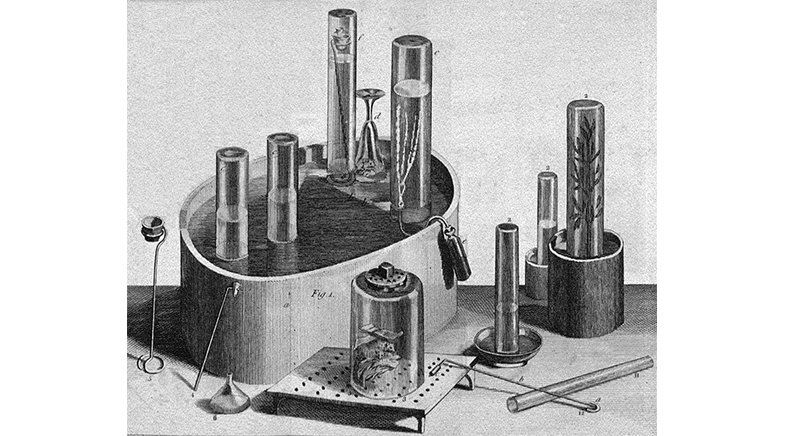How to bridge a gap
-
- from Shaastra :: vol 04 issue 07 :: Aug 2025

Sensors and AI are giving a boost to structural health monitoring.
In September 2024, civil engineer Ajay Kumar Sreerama visited Kirandul, an iron ore mining centre in the Dantewada district of Chhattisgarh. The mines have been operational for over five decades, and resources from them are transported routinely by rail from Kirandul to Visakhapatnam Port.
Sreerama was in Kirandul to examine an Indian Railways bridge used by freight trains carrying iron ore from the mines. Built in the 1960s, the bridge had seen better days. Due to wear and tear, the train speed is limited to 20 km per hour. This restriction significantly lowers the volume and pace at which ore can be transported from the mines. "We were given the task to investigate if the train speed could be increased," says Sreerama, Founder of the Hyderabad-based Mantis Infra, a start-up providing structural health monitoring (SHM) services for civil infrastructure.
For over a week, Sreerama and his colleagues at Mantis conducted intensive tests using a variety of sensors placed in different spots on the bridge and analysing the data generated by them. Sreerama explains that placing sensors along a structure helps monitor key parameters such as vibrations, strain, deflection and inclination. Each of these responds differently when a structure is damaged. For example, an unstable structure often exhibits a shift in its natural frequencies, unusual strain concentrations, or abnormal displacement patterns compared to an intact one.
PAST ISSUES - Free to Read
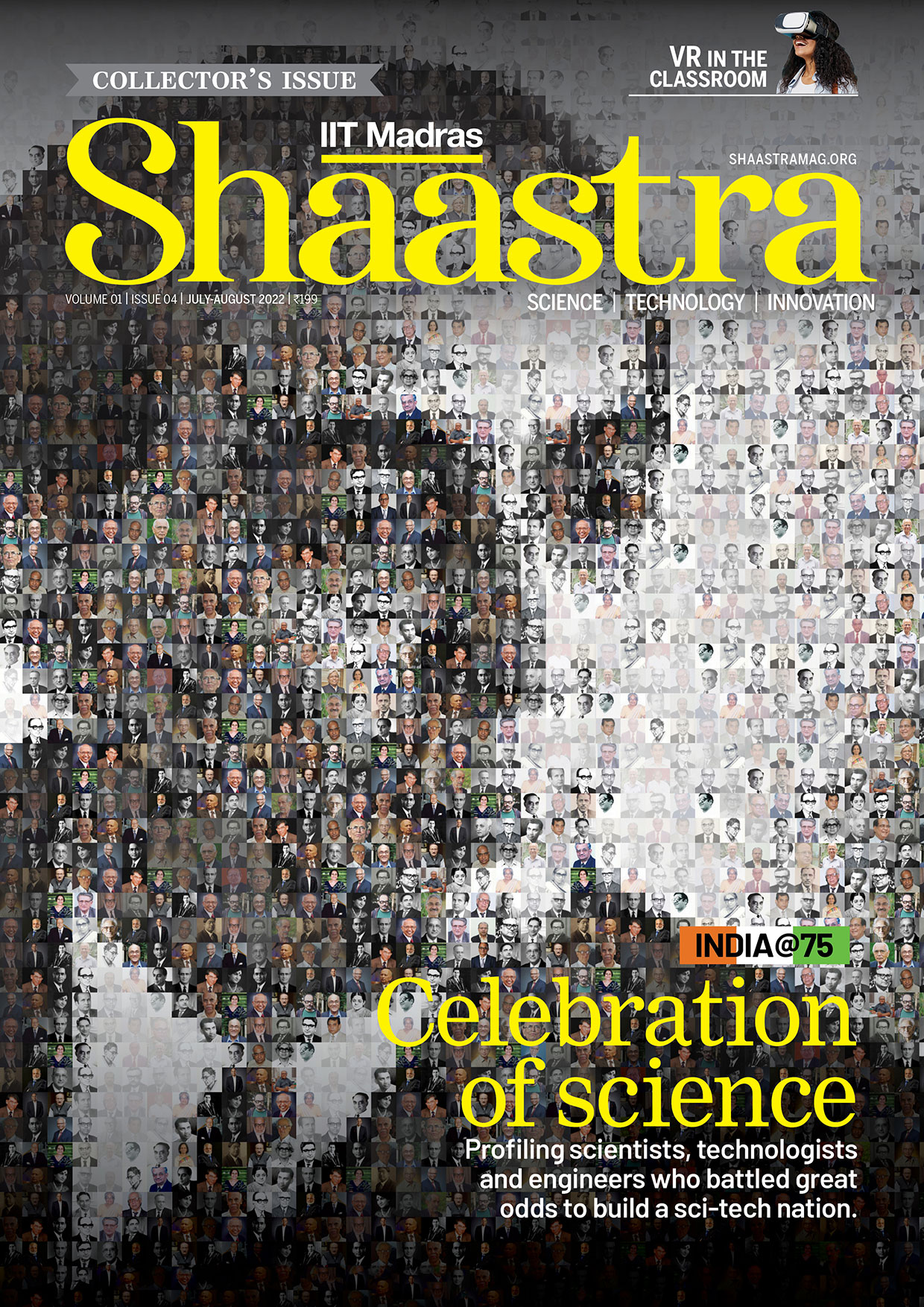
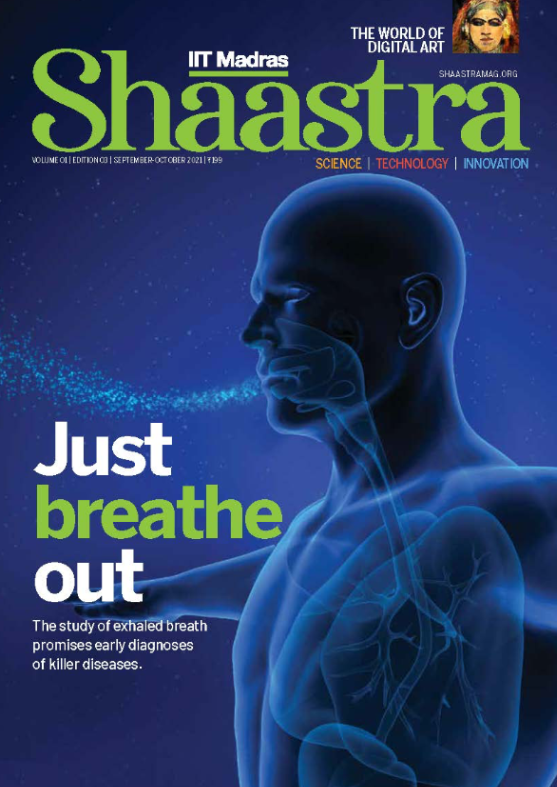
Have a
story idea?
Tell us.
Do you have a recent research paper or an idea for a science/technology-themed article that you'd like to tell us about?
GET IN TOUCH
